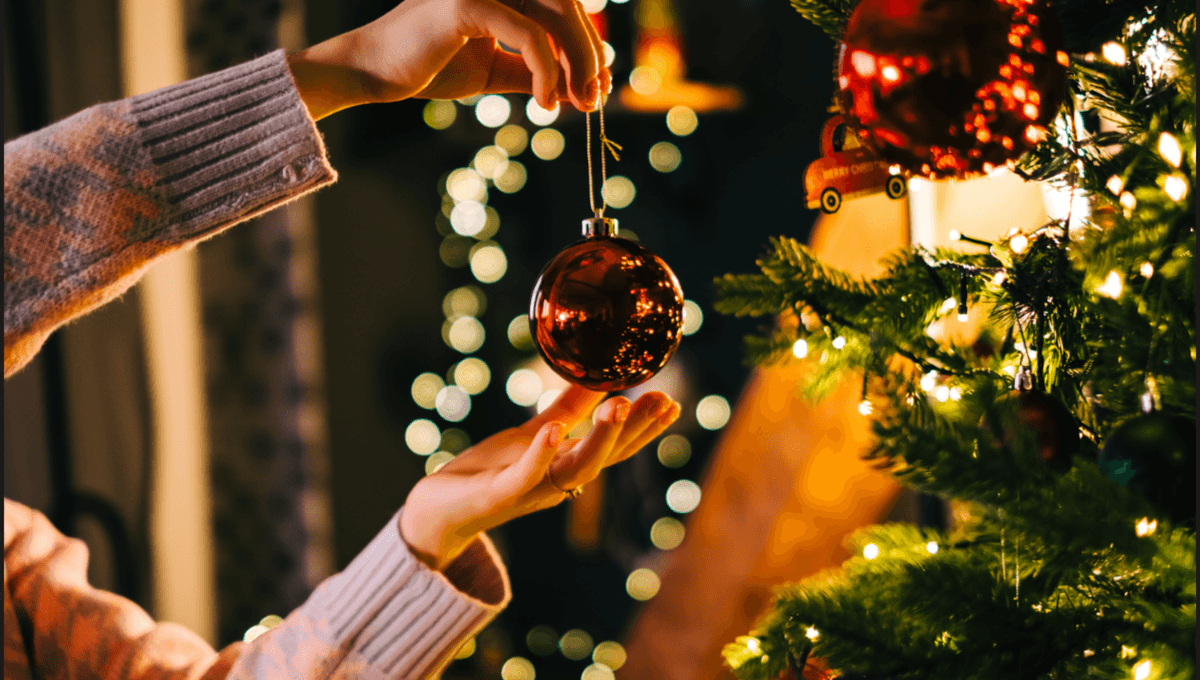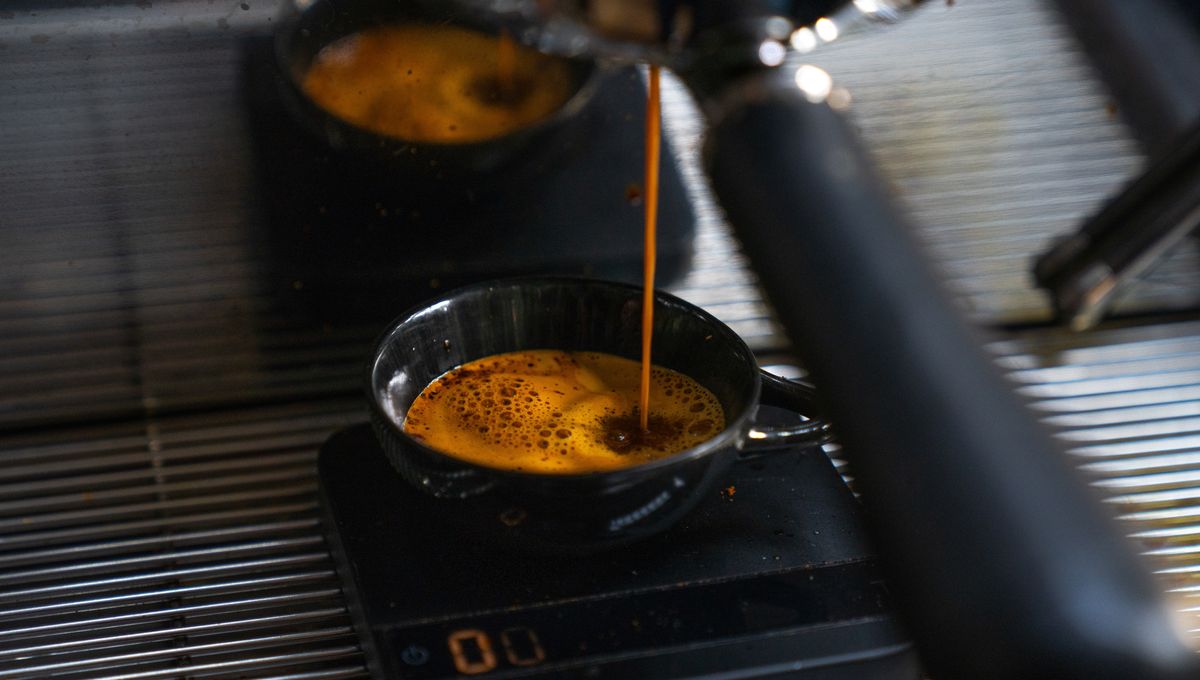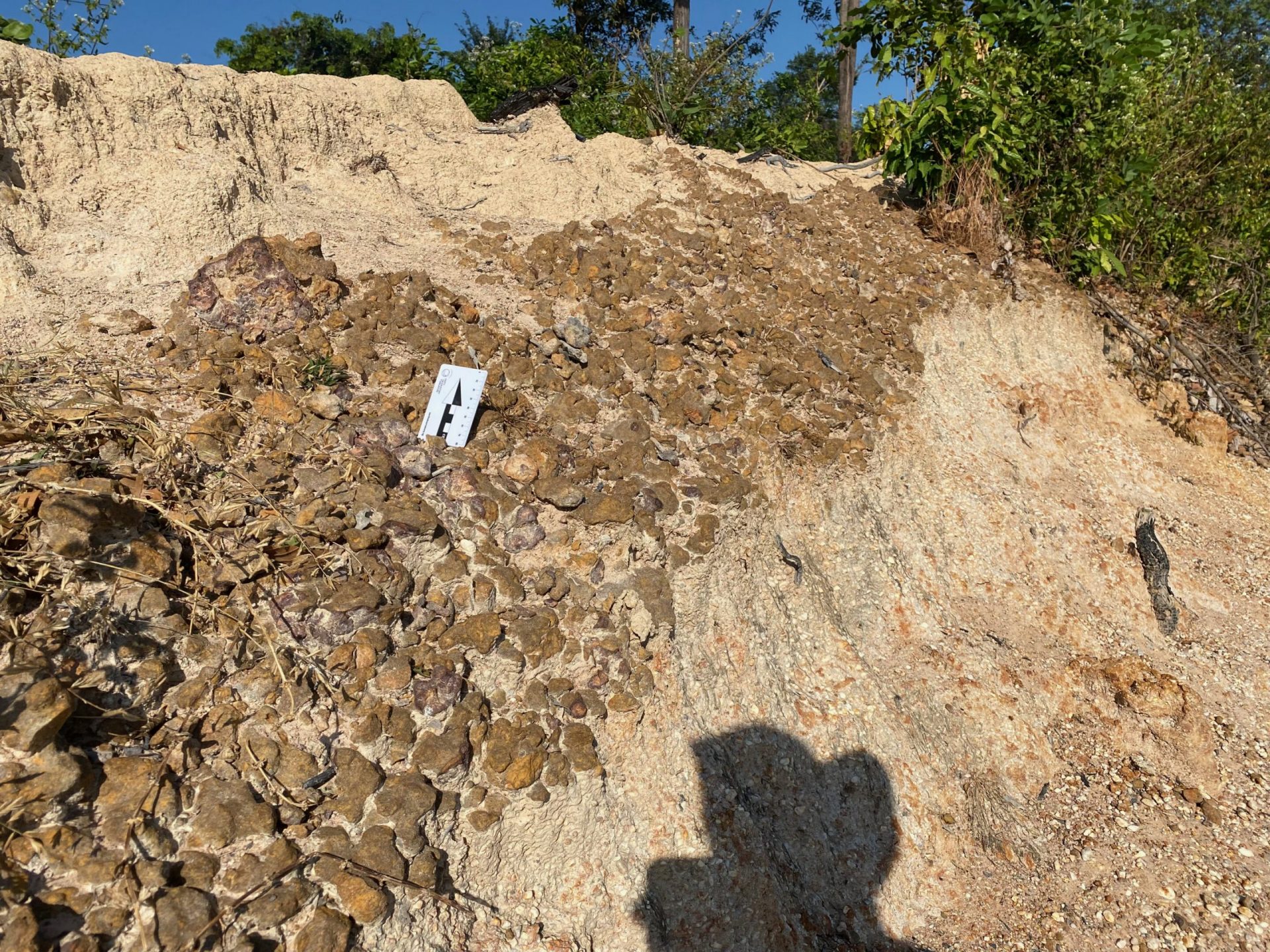Get ready for the holiday season, but watch out for Christmas tree syndrome! This quirky condition is caused by exposure to allergens found on live Christmas trees. So, while you’re enjoying the festive spirit, keep an eye out for symptoms that might be mistaken for a cold or even COVID. These include a blocked or runny nose, itchy and watery eyes, sneezing, itchy throat, wheezing, and coughing. And if you have underlying health issues like asthma, brace yourself for a particularly nasty allergic reaction.
According to Dr. Bhavini Shah, a General Practitioner at LloydsPharmacy Online Doctor, “People with asthma may suffer from a flare-up of their symptoms or an attack where the airways constrict, which could cause difficulty breathing and wheezing. However, not everyone who experiences an allergic reaction around Christmas trees has asthma. Similarly, not everyone with asthma will experience an allergic reaction.”
Why are Christmas trees such troublemakers? Well, they’re absolutely riddled with potential allergens. From pollen to dust mites, the list goes on. But the real culprit is mold. Believe it or not, a single Christmas tree can host over 50 species of mold, all releasing airborne spores that can wreak havoc on your immune system.
Research has shown that the introduction of a live conifer into a home can increase airborne mold spores from 800 per cubic meter to a staggering 5,000 per cubic meter after just two weeks. Dr. Shah explains, “Mold spores can be present on Christmas trees, particularly live trees like pine, fir, or spruce. Trees are grown outdoors where they can pick up mold spores from the surrounding environment, especially in damp or humid areas. When these trees are brought indoors and placed in a warm and dry environment, any existing spores can become airborne, potentially causing allergy symptoms.”
But don’t worry, there are simple precautions you can take to avoid feeling like the Grinch. If you have asthma or have experienced allergies from real trees before, consider getting an artificial tree instead. If you do choose a real tree, make sure to shake it down to remove as much dust, mold, and pollen as possible before bringing it inside. And remember, keeping the tree in the coolest part of the house will help prevent mold spores from multiplying.








